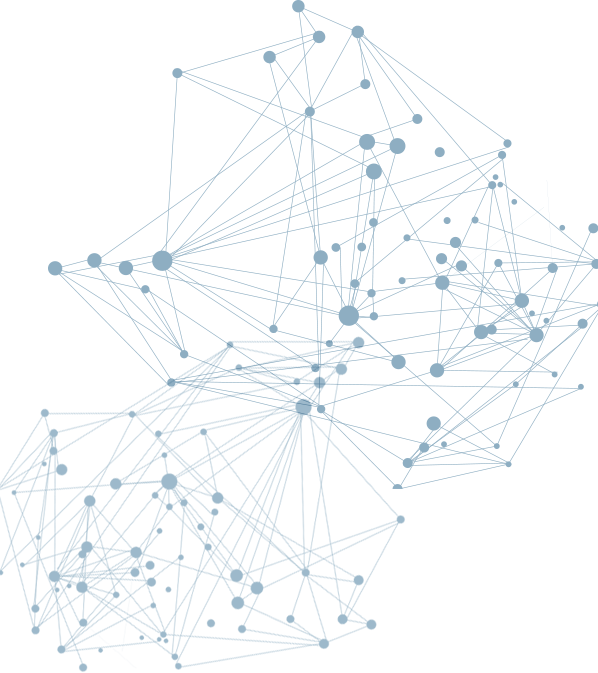PURPOSE: Social media use in younger people has shown mixed associations with mental health. We hypothesized that communication types during social media use might alter the relationship between problematic social media use (PSMU) and anxiety over time. We aimed to identify how four dimensions of communication influence the link between PSMU and anxiety.
METHODS: We recruited a cohort of undergraduate students aged 18–26 to participate in daily surveys over two weeks using a diary method to assess daily social media use, PSMU, anxiety symptoms, and the four dimensions of communication: Consumption, Broadness, Online Exclusivity, and Parasociality. Lagged logistic regression models with generalized estimating equations evaluated the influence of daily PSMU and communication type on subsequent anxiety levels.
RESULTS: Out of 79 participants, 1009 daily records were analyzed. PSMU positively correlated with anxiety (Kendall rank correlation t = 0.30). Interaction analysis indicated that levels of parasociality and consumption moderated the association between PSMU components and anxiety outcomes. In young adults with high levels of consumption or parasociality, a 1-standard-deviation rise in PSMU’s social conflict component led to an 11 %-13 % increase in next-day anxiety scores. This association was absent for those with low to moderate levels of parasociality and consumption.
DISCUSSION: Elevated levels of passive consumption and one-sided interactions amplify the anxiety risk associated with PSMU. Further longitudinal evidence can elucidate the connections between communication types, social media exposure, and anxiety, guiding the development of a model for healthy social media use.
Communication attributes modify the anxiety risk associated with problematic social media use: Evidence from a prospective diary method study
Addictive Behaviors, 166, 108324. doi: 10.1016/j.addbeh.2025.108324.
